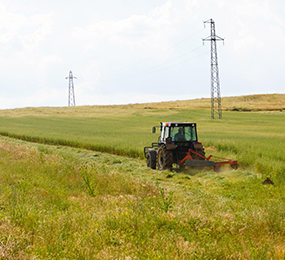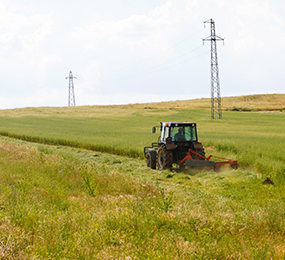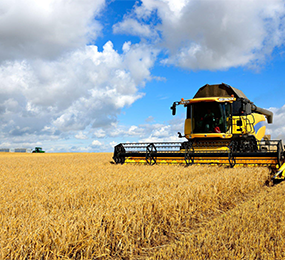Advancements in Non-Road Mobile Machinery (NRMM) drivetrains are playing a pivotal role in driving the shift toward more efficient, sustainable, and environmentally friendly machinery across industries like construction, agriculture, and mining. As the demand for cleaner and more energy-efficient machinery grows, the development of new drivetrain technologies is transforming the way these heavy-duty machines operate.
Electric Drivetrains: One of the most impactful innovations is the adoption of electric drivetrains in NRMM. Electric drivetrains offer numerous benefits, including zero tailpipe emissions, reduced fuel consumption, and improved operational efficiency. Electric motors provide instant torque and smooth power delivery, allowing machinery to operate more precisely and with greater control. Additionally, electric drivetrains have fewer moving parts than conventional diesel engines, which reduces maintenance costs and improves reliability.
Hybrid Drivetrains: Hybrid drivetrain technology combines the best of both electric and internal combustion engine (ICE) power. Hybrid NRMMs use an electric motor for low-load operations and switch to a diesel engine for higher power demands, such as heavy lifting or long-duration tasks. This technology allows for fuel savings and emissions reductions without sacrificing performance. In industries like construction and agriculture, hybrid machinery offers a practical middle ground for companies that want to reduce their carbon footprint but aren’t ready for full electrification.
Hydrogen Fuel Cell Integration: Hydrogen fuel cells are also being integrated into NRMM drivetrains as a zero-emission alternative to diesel. Hydrogen-powered drivetrains generate electricity by combining hydrogen and oxygen, with water as the only byproduct. This technology is particularly suited for heavy-duty applications like mining and construction, where long-range capabilities and high energy density are required.
Energy Recovery Systems: Many innovative NRMM drivetrains now feature energy recovery systems, such as regenerative braking, which capture and store energy that would otherwise be wasted. This stored energy can be used to power electric components, further improving fuel efficiency and reducing emissions.
Future Outlook: With ongoing advancements in battery technology, power electronics, and alternative fuels, the future of NRMM drivetrains looks promising. These innovations are not only making machinery more sustainable but also boosting productivity and cutting operational costs.
In conclusion, technological innovations in NRMM drivetrains are driving the transition toward greener, more efficient machinery. As electric, hybrid, and hydrogen-powered drivetrains continue to evolve, industries will benefit from improved performance, reduced emissions, and a more sustainable future.
For more details and registration information, visit https://www.leadventgrp.com/events/2nd-annual-non-road-mobile-machinery-electrification-and-decarbonization-forum/details.
For more information and group participation, contact us: [email protected]
















